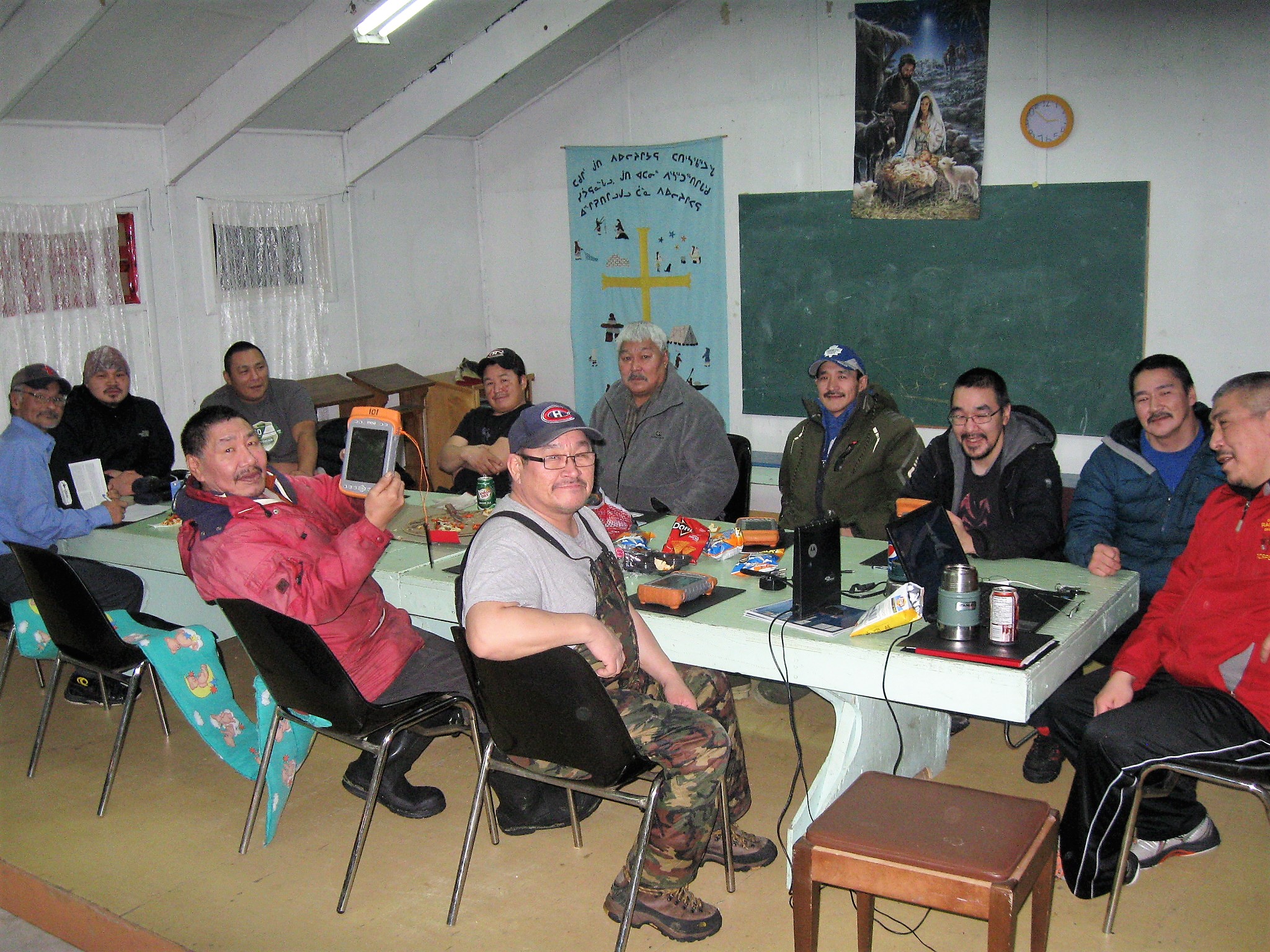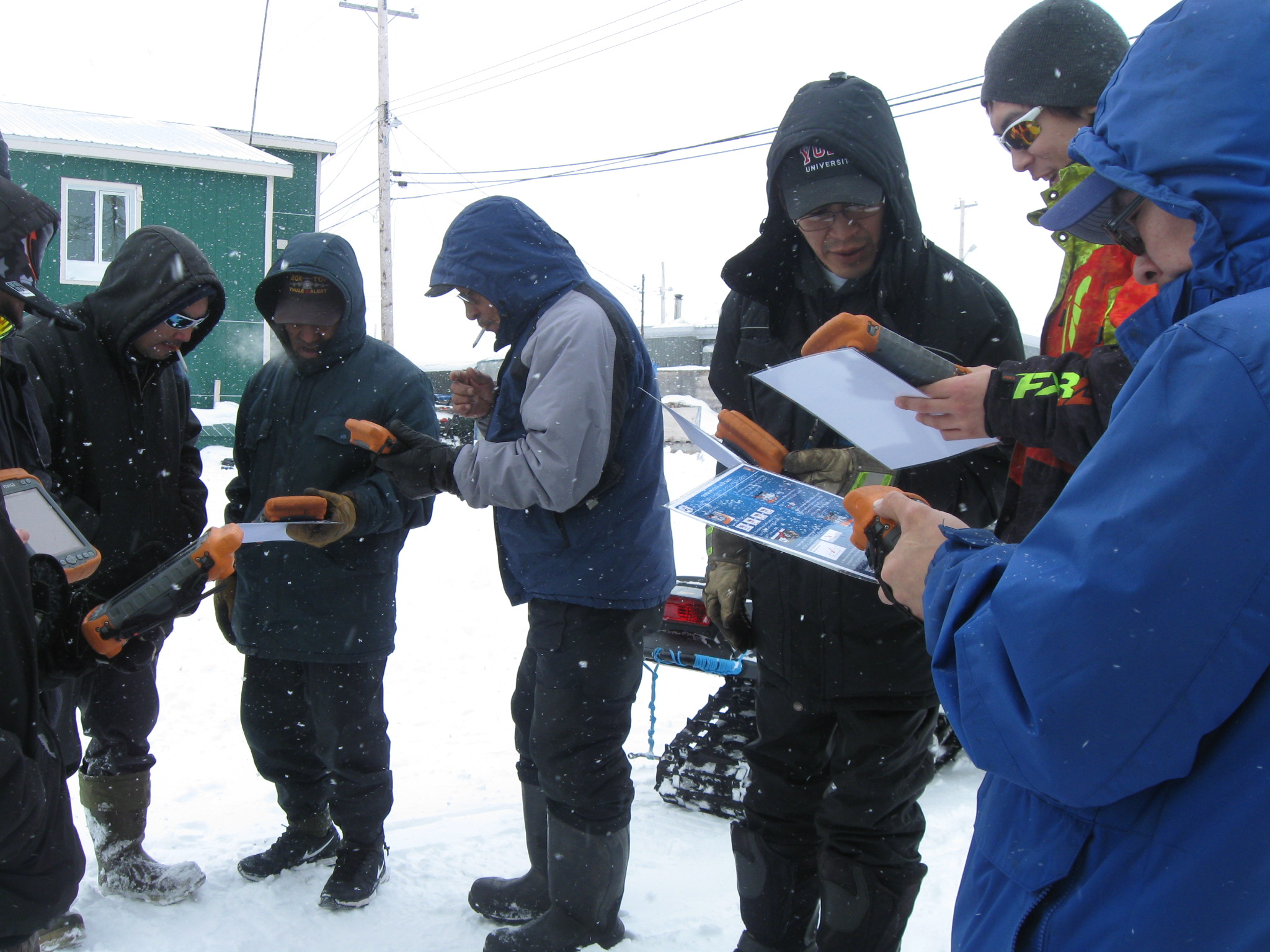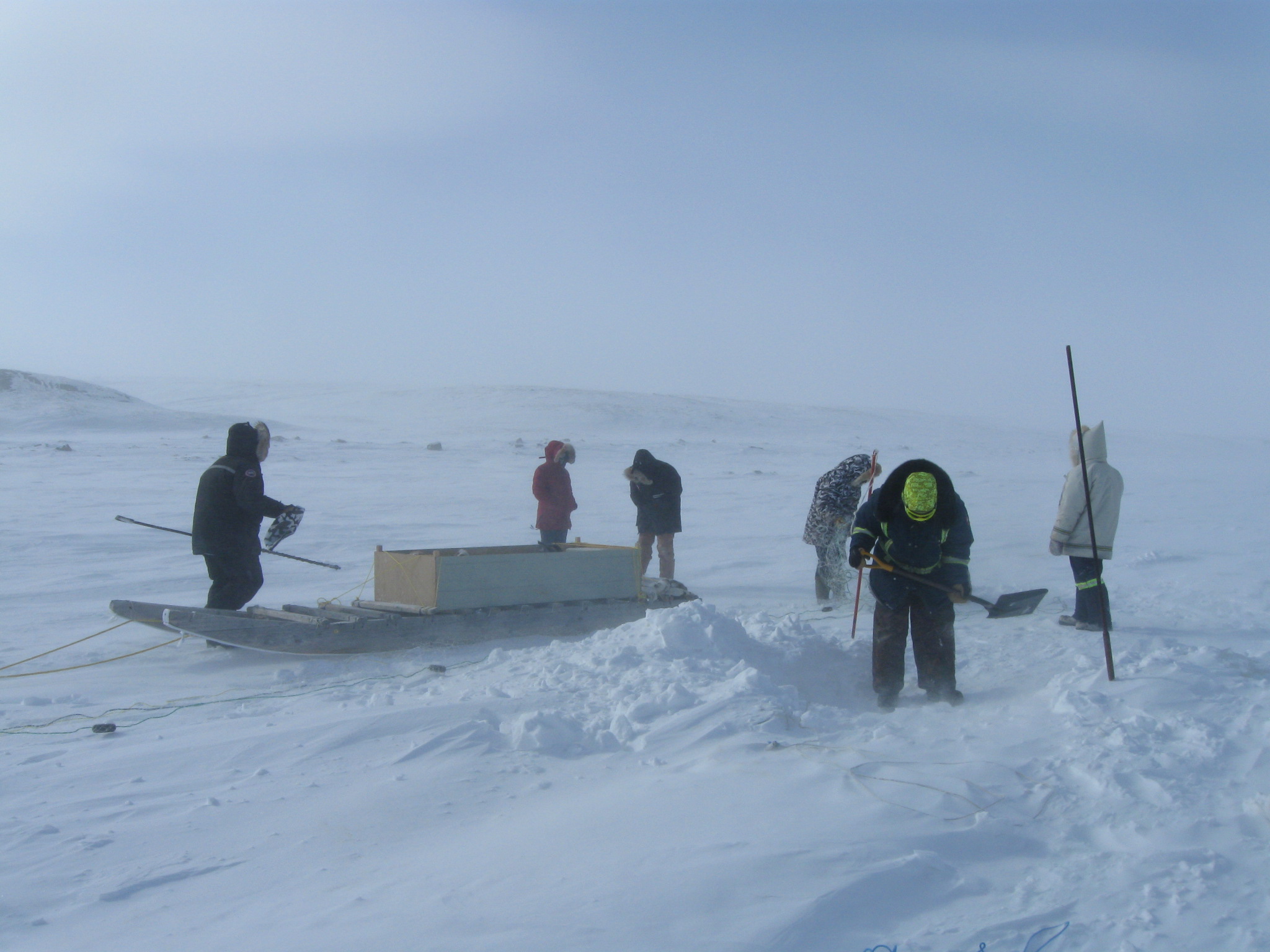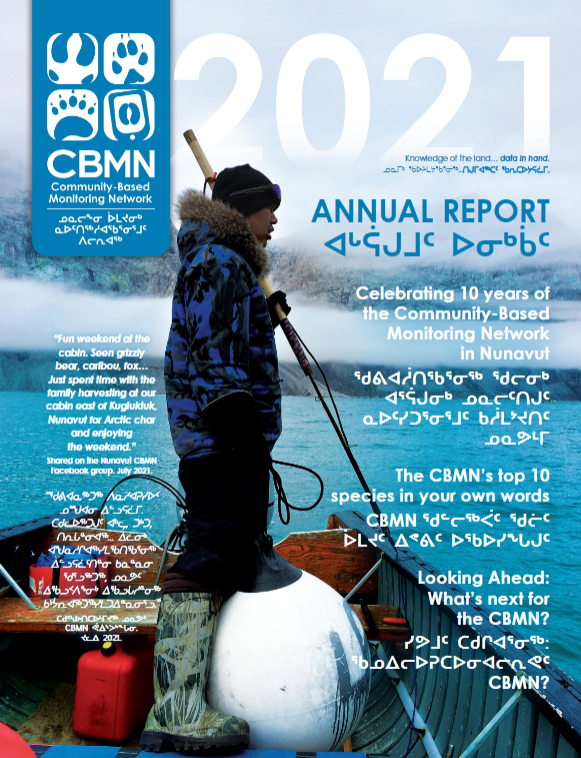Contact Us About CBMN
Have a question about CBMN? Use the following to contact us for more information.
Community-based Monitoring Network Frequently Asked Questions
What is the Community-Based Monitoring Network?
The Community-based Monitoring Network was established by the Nunavut Wildlife Management Board as a pilot study in three participating communities, Arviat, Cambridge Bay and Sanikiluaq, in February 2012. The Community-Based Monitoring Network brings together respected Nunavummiut harvesters to share their knowledge and observations about wildlife. Rather than rely on interviews to collect this information, participants are trained to use specially designed hand-held computers (MESAs) to record wildlife sightings, harvests, local and traditional ecological knowledge, and other observations while out on the land. Information recorded on the hand-held computers is then combined to create a collective storehouse of knowledge that will be used to improve local, regional, and territorial wildlife management practices in Nunavut by ensuring that decision making bodies have up-to-date information directly from those who spend the most time on the land. During the trial period, the Nunavut Wildlife Management Board evaluated the program and approved a plan to operate the Community-based Monitoring Network on a larger scale. A new community will be added in the spring of each year, with three communities collecting data at any given time.
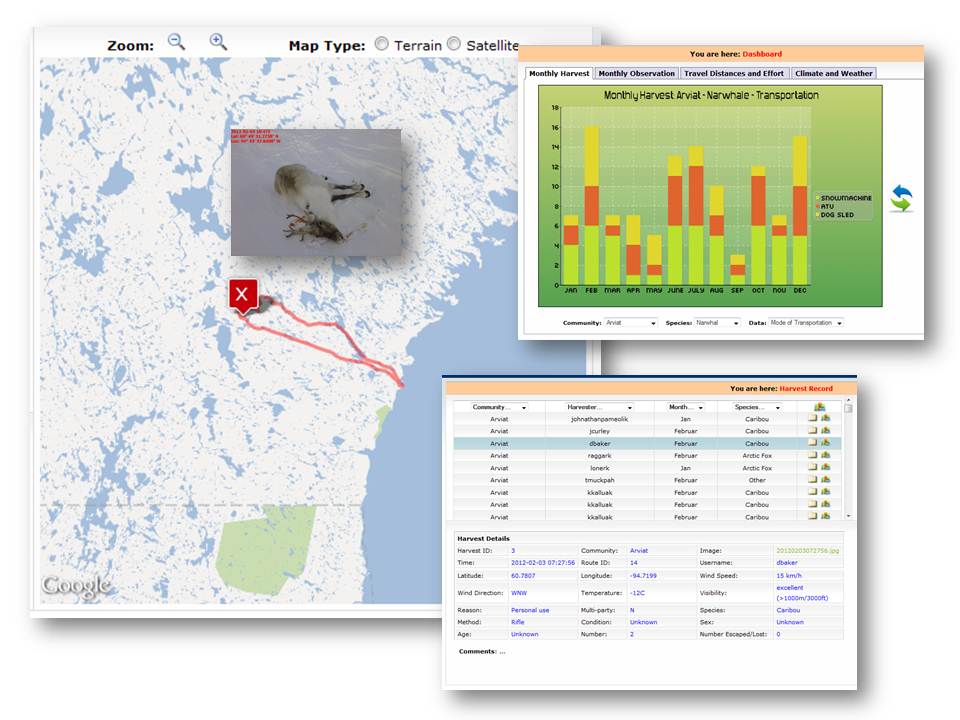
What is the Rationale behind the Community-Based Monitoring Network?
The idea to establish the Community-based Monitoring Network grew out of discussions with local community members, Regional Wildlife Organizations, Hunter and Trapper Organizations, and other stakeholders, and through lessons learned during the Nunavut Wildlife Harvest Study. The Community-based Monitoring Network recognizes the skill and knowledge of harvesters. The Nunavut Wildlife Management Board (Nunavut Wildlife Management Board or Board) may include the information collected by the Community-based Monitoring Network when addressing wildlife management issues, especially in developing management plans, identifying important harvesting areas, documenting species distribution, movement, and health, and when identifying issues that may require further research. The Community-Based Monitoring Network will help to assemble information that is needed to address concerns affecting wildlife and Inuit harvesting rights. By bringing together their knowledge and observations over time, participating harvesters will help answer some important questions about wildlife, which might include the following:
- How are migration routes or seasonal ranges changing?
- What are the most effective harvesting techniques?
- Where are the most important habitats and harvesting areas that should be protected from development?
- Where are sick or injured animals being observed, and how often?
- Are populations increasing? Decreasing? Remaining constant?
How will Nunavut communities benefit from the Community-based Monitoring Network?
We hope that communities will see the benefits to becoming partners in the Community-based Monitoring Network. The efforts of participating communities and harvesters will contribute valuable information to improve wildlife management practices in Nunavut. Communities will have full access to their own data, which they can use to manage local wildlife issues. The project will create local employment and training opportunities for harvesters, and one part-time data clerk position in each of the communities. The project also seeks to improve communication between communities, regions, government, and other wildlife management agencies, while promoting stewardship and cooperative management.
How are participating communities and harvesters chosen?
The Nunavut Wildlife Management Board consulted with various organizations and co-management partners on the criteria to select the most appropriate communities for the project. Different social and economic circumstances (such as population size and employment rates), reliance on country foods, and communities that have identified concerns about wildlife and/or the environment are factors in determining the final communities. These criteria are used to assess applications received from interested communities in response to each call for applications. Applications are assessed by a Community Selection Committee, made up of representatives from the Nunavut Wildlife Management Board, Regional Wildlife Organizations, the Nunavut Inuit Wildlife Secretariat, and Nunavut Tunngavik Inc. The Community-Based Monitoring Network requires a long-term commitment from participants, so an expression of community enthusiasm and ownership of the project are important factors considered by the Community Selection Committee.
Will participant harvesters be compensated for their participation?
The Nunavut Wildlife Management Board values harvesters as professionals and the Community-Based Monitoring Network is built around their participation and hard work. Every time a harvester’s data is uploaded to the Community-based Monitoring Network database, his or her name is entered in a monthly draw for a chance to win Visa gift cards (worth up to $1,000), and semi-annual draws for larger prizes. Participants that contribute harvest and observation data to the project regularly will also receive recognition awards for their effort.
What opportunities are available for Inuit employment?
One person in each of the selected communities will be hired part-time to act as a data clerk for the project. The data clerk will be responsible for downloading information from the harvesters’ handheld computers (MESAs)and for maintaining the local database. The harvesters and data clerks will all receive training in the use of the hand-held computers and the management of information and data. The Nunavut Wildlife Management Board anticipates that the monthly draws will help offset the costs of hunting for participating harvesters.
Who will have access to the data?
Secure storage of the information contributed by Inuit harvesters is an important component of the Community-based Monitoring Network. Currently there are three levels of access to the data: harvesters can access their own information; data clerks can access all data collected for their community (but not for others); and the database manager and the Nunavut Wildlife Management Board can access all the data. Participating harvesters enter a data sharing agreement with the Nunavut Wildlife Management Board. The agreement grants harvesters full ownership of the data they collect, but gives the Nunavut Wildlife Management Board licence to use, publish, and distribute the information for the purposes of meeting its wildlife research and management objectives. The privacy of the harvesters is protected as the Nunavut Wildlife Management Board will not make names, identification numbers, or specific travel routes available.
How will the Nunavut Wildlife Management Board keep participants and the public informed of the progress of the Community-based Monitoring Network?
The Nunavut Wildlife Management Board realizes that clear, timely, and open communications between communities, harvesters, and other wildlife management agencies will be critical to the success of the project. During the project, the Nunavut Wildlife Management Board will maintain open lines of communication with participating communities and harvesters by sending out monthly newsletters to participants, making regular updates to the Community-based Monitoring Network website, issuing quarterly press releases, producing an annual report on the status of the project, and maintaining a Facebook page where participants and interested members of the public can share photos or stories, ask questions, and stay informed about the Community-based Monitoring Network, other wildlife monitoring projects, relevant news stories, etc.. In addition, the Nunavut Wildlife Management Board has hired Rebecca Jeppesen with NovaSila Wildlife Consulting to act as the Community Liaison Officer for the project.
Who to contact for further information or for questions?
For more information, please contact us at the following coordinates:
NUNAVUT WILDILIFE MANAGEMENT BOARD
3rd Floor, 1106 Ikaluktuutiak Road
P.O. Box 1379, Iqaluit, NU X0A 0H0
Phone: (867) 975 7300
Fax: (888) 421 9832
Partners Listing
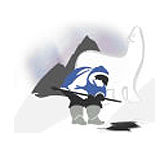
Nunavut Wildlife Management Board
The Nunavut Wildlife Management Board is an Institution of Public Government established in 1994. The Nunavut Wildlife Management Board was established in accordance with the Nunavut Agreement which was ratified on May 25, 1993. The Nunavut Wildlife Management Board is the main instrument of wildlife management and the main regulator of access to wildlife in the Nunavut Settlement Area. The Nunavut Wildlife Management Board’s vision is “conserving wildlife through the application of Inuit Qaujimajatuqangit and scientific knowledge." The Nunavut Wildlife Management Board mission is to conserve wildlife and wildlife habitat for the long-term benefit of all Nunavut residents while fully respecting Inuit harvesting rights and priorities.
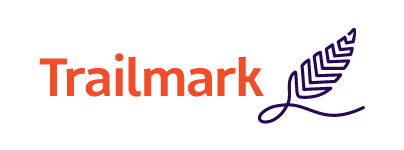
Trailmark Systems
At Trailmark Systems we are driven by our commitment to understanding the human dimensions of natural resources, integrating multiple ways of knowing, and creating genuine, long-lasting community partnerships. Our approach is trans-disciplinary from the ground up - we are a team of anthropologists, geographers, biologists, planners, and software developers dedicated to partner with and help build capacity for local and indigenous communities. We are specialized in developing custom web and database applications and mobile software products for environmental data information management and technology.

NovaSila Wildlife Consulting
NovaSila specializes in wildlife management, sustainable use, consultations, and project coordination prepared and delivered with the target audience firmly in mind. Based in the Maritimes and with extensive experience in northern Canada, NovaSila Wildlife Consulting aims to provide a complete picture of the best available information, including scientific research, traditional knowledge, community-led initiatives, and the first-hand observations of resource users.
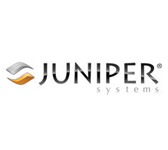
Juniper Systems Inc.
Founded in 1993, Juniper Systems (Juniper) is now a world-leader in ultra-rugged hand-held computers and intuitive field computing solutions. Juniper designs, manufactures, and services all of its products and works closely with customers and business partners locally and internationally to create integrated solutions.
Pilot Study Partners
The Nunavut Wildlife Management Board would also like to acknowledge the contributions of the following partners to the successful development and implementation of the Community-based Monitoring Network Pilot Study:
· IMG-Golder Corporation
· Golder Associates Limited
· Noreca Consulting
· Thorpe Consulting Services
· EverNorth Consulting
Communities
Kugaaruk
Kugaaruk means “little stream” in Inuktitut, and it is also known as Arviligjuaq, meaning “the place of many whales.” The community of 770 inhabitants is located on the southeastern shore of Pelly Bay off the Gulf of Boothia, about a 2-hour flight from Yellowknife. Residents are the descendants of the ancient Thule people and they have lived in the area around Kugaaruk for over a thousand years. Kugaaruk is home to some world-renowned Inuit artists.
Information collected during the Nunavut Wildlife Harvest Study shows that caribou, arctic char, lake trout, and ringed seals are the most frequently harvested species. Furbearers, such as the arctic fox and the arctic wolf, are also commonly harvested. Waterfowl harvests reported by Kugaaruk residents were minimal. Twenty harvesters from Kugaaruk are currently registered in the Community-based Monitoring Network pilot study.
For more information on the community of Kugaaruk, please visit http://nunavuttourism.com/regions-communities/kugaaruk
Baker Lake
Baker Lake, or Qamani’tuaq (“where the river widens”), is Nunavut’s only community that is not located on the coast. The hamlet of about 1,700 people sits on the shore of an impressive lake of the same name, near the mouth of the Thelon River.
Baker Lake residents harvest caribou from five different caribou herds and rely heavily on the variety of fish and bird species found in and around the local water ways. During the 1996-2001 harvest study, Baker Lake hunters also reported harvests of arctic wolves, grizzly bears, muskoxen, foxes, wolverines, hares, ptarmigan, as well as a few seals, a muskrat, and a moose.
For more information on Baker Lake, please visit http://www.nunavuttourism.com/regions-communities/baker-lake
|
Taloyoak Taloyoak, or Talurjuaq, translates to “large caribou hunting blind. The community was also known as Spence Bay until 1992. It is the most northerly mainland community in Canada. Taloyoak has a population of just over 1,000 people, most of whom are descendants of the Thule who occupied the area for more than 1,000 years. The hamlet was permanently established in 1948. Taloyoak residents harvest caribou from the Ahiak herd, and fish from six major rivers that have annual char runs. The community also hosts many species of migratory birds, and the waters are home to lake trout, white fish, and cod. The community’s high reliance on country food was evident in the data collected during the 1996-2001 Nunavut Wildlife Harvest Study. In addition to fish and caribou, the community depends on seals, musk-oxen, birds, and whales for subsistence. For more information on Taloyoak, please visit Nunavut Tourism
Past Community-based Monitoring Network participants: Clyde River: 2015-2018 Arviat: 2012-2015 Cambridge Bay: 2012-2015 Sanikiluaq: 2012-2015 |
News
December 2018 – The Community-based Monitoring Network project team headed to Taloyoak – the next community selected to participate in the project.
October 2018: The second Community-based Monitoring Network Annual Report has been distributed to participants. Download a digital copy from the reports section of our website.
September 2018 – The Community-based Monitoring Network wrapped up in Clyde River following three years of high quality, consistent data entry by participating harvesters.
August 2018 – Members of the project team trained an additional 67 Baker Lake harvesters during a follow-up visit to the community.
181009_CBMN_Second_Quarter_Press_Release_final_-_ENG.pdf
181009_CBMN_Second_Quarter_Press_Release_Final_-_INUK.pdf
180719_CBMN_First_Quarter_Press_Release_-_ENG.pdf
180719_CBMN_First_Quarter_Press_Release_-_INUK.pdf
June 2018: Participants’ meetings were held in Kugaaruk June 22 and 23 to review data collected by the community to date. Those present confirmed that the data provide a good picture of the harvesting practices of Kugaarumiut.
April 2018: The project was launched in Baker Lake. Interested harvesters were trained and a community data clerk was hired.
February 2018: In a conference call on February 26, representatives from the Nunavut Wildlife Management Board, the Nunavut Inuit Wildlife Secretariat, and Nunavut Tunngavik Inc. met to review written expressions of interest from Nunavut communities that indicated they would like to be considered for participation in the Community-based Monitoring Network. Using a set of criteria developed by the project Steering Committee in 2011, Baker Lake was chosen to participate in the project between 2018 and 2021 (three years). There were a number of strong applications, but the Baker Lake Hunters and Trappers Organization clearly demonstrated the need for monitoring their diverse wildlife populations as development continues to expand in the area.
December 2017: Participants’ meetings were held in Clyde River December 4-6, 2017 to discuss the project, and review data collected to date. They confirmed that the data summaries provided a generally accurate picture of current harvesting trends in the community.
December 2017: A salmon caught by a CBMN participant in Clyde River generated interest from Fisheries and Oceans Canada. The harvest record of what is believed to be a pink salmon represents the of the species recorded on Baffin Island. The harvester will be working with Fisheries and Oceans as a community contact for salmon work in the area.
October 2017: The first Community-based Monitoring Network Annual Report is now available! The report describes the CBMN approach, benefits to the communities, and benefits to wildlife managers and researchers, as well as providing a profile of participating communities. Hard copies have been mailed to participants. Download a digital copy from the reports section of our website.
171112 CBMN Third Quarter Press Release - ENG.pdf
171112 CBMN Third Quarter Press Release - INUK.pdf
September 2017: Press Release - Community-based Monitoring Network Quarterly Update
170914 CBMN Second Quarter Press Release - ENG.pdf
170914 CBMN Second Quarter Press Release - INUK.pdf
July 2017: Press Release - Community-based Monitoring Network Quarterly Update
170718_CBMN_First_Quarter_Press_Release_-_ENG.pdf
170718_CBMN_First_Quarter_Press_Release_-_INUK.pdf
April 2017: CBMN Meetings and Training Workshops were held in Kugaaruk. Nine new participants signed up, brining the total number of participating harvesters in the community to 27. The training included some time on the land, checking char nets. A great experience for the CBMN Project Team!
January 2017: CBMN Meetings were held in Clyde River between January 20 and 22. The first CBMN Community newsletter was produced.
December 2016: CBMN Meetings were held in Kugaaruk between December 12 and 14. The CBMN Facebook group was created.
November 2016: The NWMB contracted Rebecca Jeppesen of NovaSila Wildlife Consulting to assume the role of Community Liaison and Project Manager.
2016: Two snow machines were awarded to participants in the semi-annual major prize draw.
October 2015: The first data was added to the CBMN database by harvesters in Kugaaruk and Clyde River.
2015: Training workshops were conducted with harvesters interested in participating in the CBMN in Kugaaruk and Clyde River.
January 2015: NWMB is accepting applications for two (2) part-time data clerk positions, one each in Clyde River and Kugaaruk. The data clerks will join the project team for the Community-based Monitoring Network.
pdf CBMN Data Clerk Ad(240 KB)
July, 2014: NWMB has issued a call for applications from interested communities to participate in the CBMN from April 1st, 2015 to March 31st, 2018. Deadline to submit an expression of interest form is September 15th, 2014
pdf CBMN - Call for new communities - 2015-2018 - ENG(21 KB)
pdf CBMN - Call for new communities - 2015-2018 - INUK(56 KB)
pdf (56 KB) pdf CBMN - Expression of Interest Form - ENG(74 KB)
pdf CBMN - Expression of Interest Form - INUK(112 KB)
December, 2012: Data collection for the CBMN Pilot Study has been extended until March 31, 2012.
June, 2012: Community workshops for Inuit harvesters and data clerks will be held this spring:
Cambridge Bay (June 7th & 8th), Arviat (June 26th & 27th) and Sanikiluaq (July 2nd & 3rd)
May, 2012: CBC radio reports on the CBMN initiative from Cambridge Bay.
Community-Based Wildlife Monitoring Network
The Community-based Monitoring Network relies upon harvesters, recognized by their respective communities as highly skilled and accomplished hunters, to record wildlife observations and harvests. The intent of the Community-based Monitoring Network is to help compile information that is needed to address concerns affecting wildlife management, conservation, and Inuit harvesting rights and to obtain Inuit Qaujimajatuqangit (IQ) information in a format that can communicate with scientific modelling.
Participating harvesters are trained to use specially designed hand-held computers (MESAs) to record wildlife sightings, harvests, and other environmental observations while on the land. When harvesters return from the land, trained data clerks in each of the communities transfer the information contained in the hand-held computers into a database.
Objectives
- To improve the information available for use by the Nunavut Wildlife Management Board and its co-management partners in establishing, modifying, and/or removing total allowable harvests, and non-quota limitations, and for assisting with decisions regarding the approval of management plans and the approval of the proposed listing of species under the federal Species at Risk Act;
- To acquire data, and Inuit and local ecological knowledge, for use in identifying management zones, areas of high biological productivity, and critical harvesting areas, documenting species abundance and movement patterns, setting wildlife research and management priorities, and directing further research efforts;
- To maintain a progressive, up-to-date management system which takes into account emerging issues, concepts and principles in wildlife management; and
- To maximize the benefits for the community in achieving these objectives.
Benefits to Nunavut Communities
- Recording the locations of harvests and wildlife observations could identify critical harvesting areas and important habitats;
- Provides a way of collecting local ecological knowledge concerning species movements, abundance, habitat use, and other ecological or environmental considerations;
- Will improve our understanding of key conservation concerns from the communities, which will provide the communities with a greater role in management of their diverse hunting areas;
- Will provide insight concerning species of importance that are not actively managed at present (e.g. ringed seals);
- May result in the identification of areas that require more in-depth research, and will incorporate community input in prioritizing these issues;
- Will provide data that could be used to address issues regarding harvesting rights, land-use, and development; and
- Could assist in compensation claims (e.g. would provide proof of potential loss of harvesting income resulting from proposed shipping routes, mining development activities etc.).
Nunavut Wildlife Management Board call for applications from interested communities to participate in the Community-Based Monitoring Networks
pdf 2024-07-16_NWMB to RWOs HTOs re CBMN Expression of Interest (Inuktitut)(415 KB)
pdf 2024-07-16_NWMB to RWOs HTOs re CBMN Expression of Interest (English)(388 KB)
NWMB Community-Based Monitoring Network 10-Year Annual Review



